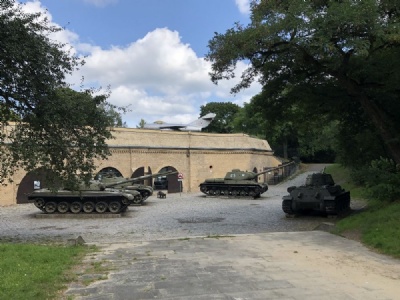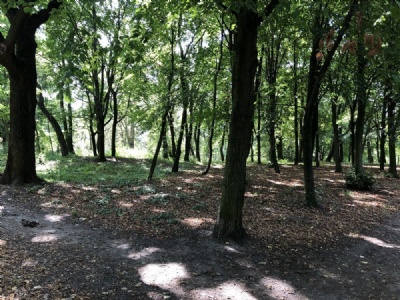Posen – Fort Winiary
In northern Poznan (german Posen) lies fort Winiary which was part of the defense ring built around Posen. Construction of the fort began during Prussian rule in the 1830s and was extended and completed during most of the 1800s. During the battle of Posen in February 1945, fierce battles were fought between the german defenders and the soviet attackers. The fort became the last defensive position the Germans held before capitulating. During the battle the fort was heavily damaged.
It was also at the fort that Nazi governor, Arthur Greiser, was executed by hanging on the morning, July 21, 1946, in front of about 15,000 spectators. Greiser had ruled Posen and Warthegau with customary Nazi brutality to cement the German hegemony and Polish inferiority between 1939 and 1945. He was thus guilty of crimes against humanity and sentenced to death by a Polish court.
Greiser was by no means the last Nazi criminal to be executed in Poland, but he was the last to be publicly executed. The execution had created reactions as an unsavory spectacle in which even some sympathy for the condemned had been expressed. Although it was carried out early in the morning, there were children and minors among the spectators.
Current status: Preserved with museum (2021).
Address: Aleja Armii, 61-659 Poznan.
Get there: Bus from central Poznan.
Follow up in books: Jerzak, Jaroslaw, Karalus, Maciej: Panzers in the Defence of Festung Posen 1945 (2018).







The fort, or the area around the fort, is today a large park with various activities and (military) museums. It is also a hiking area for those who want to picnic, walk, exercise or just relax. There is also a large Soviet memorial and war cemeteries. The slope where the execution of Greiser took place is nothing more than just a grove where nothing looks like it did back then.